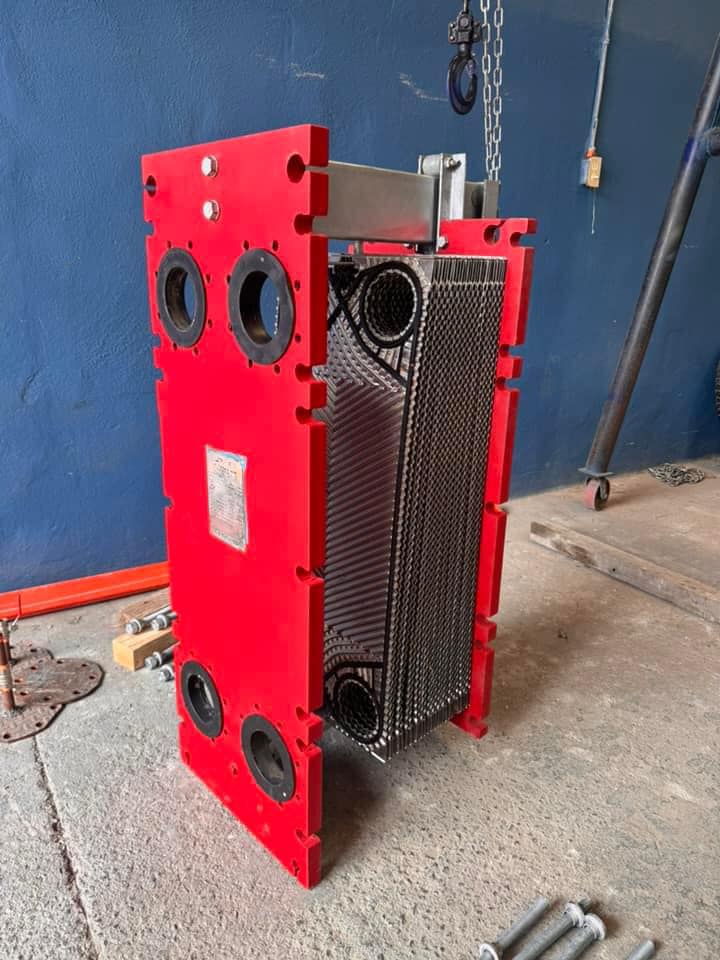How to Select the Right Material for Plate Heat Exchanger?
Selection is a systematic process:
- Identify the Fluids: What two fluids are on each side of the plates? (e.g., Cooling Tower Water vs. Process Fluid).
- Analyse Fluid Chemistry:
- pH Level (Acidic, Neutral, or Caustic)
- Chloride Content (This is critical for stainless steels)
- Presence of Oxidizing Agents
- Other specific ions or chemicals
- Determine Operating Conditions:
- Maximum and Minimum Temperature
- Operating Pressure
- Consult Compatibility Charts: Manufacturers provide detailed corrosion and gasket compatibility charts. Always consult these for your specific service conditions.
- Consider Total Cost of Ownership: A more expensive material like Titanium may have a higher upfront cost but will be far more cost-effective over 15 years than replacing a 316L unit every 3 years due to chloride cracking.
Typical Examples:
- HVAC System (Chilled Water): 304/316 Plates with NBR Gaskets.
- Seawater Cooling: Titanium Plates with EPDM or Viton® Gaskets.
- Dairy Pasteurization: 316L Plates with EPDM or NBR (FDA-approved) Gaskets.
- Chemical Process with Acids: Hastelloy or Tantalum Plates with FKM Gaskets.
